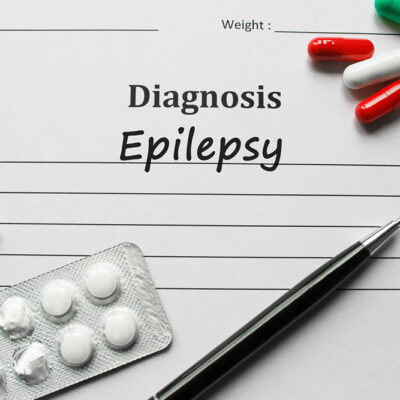
Risk factors, diagnosis, and treatments for a typhoid infection
Typhoid fever is a serious health threat caused by salmonella typhi bacteria. The infection spreads through contaminated food and water sources. The infection can also spread via a person’s stool as it contains a high concentration of the salmonella virus contaminating groundwater sources from seepages in the drainage system. Most people who have been infected once can become carriers of the virus. Some people also experience mild to moderate symptoms of typhoid indicating they are long term carriers of the virus.
Noticeable symptoms of a severe typhoid infection include the following:
- High fever that can go upwards of 104 Fahrenheit.
- A poor appetite that deprives the immune system of the essential vitamins and nutrients.
- Peritonitis leading to the inflammation of peritoneal membranes causing bloating.
- Intestinal bleeding or perforation of the lining in the advanced stages of the condition.
- Persistent bouts of diarrhea or constipation.
Risk factors associated with typhoid
Developing and underdeveloped countries are at high risk of typhoid as the bacteria can easily spread to contaminate various food and water sources. One must be aware of the possible sources of contamination including drinking water wells and plumbing systems. Groundwater contamination due to faulty plumbing and sewage systems automatically increase the risk of infection as major cities and towns rely on a single source of water supply to meet daily requirements. The chances of a widespread epidemic is also high due to faulty food storage and transportation systems.
Diagnosis of typhoid infection
The bacteria after ingestion via food and water sources invade the bloodstream and affect the liver, spleen and bone marrow primarily. Symptoms develop gradually when the cells multiply and reenter the bloodstream infecting vital organs throughout the digestive system. One must consult with a pathologist to narrow down the cause of a typhoid infection by way of active stool and blood culture tests. In most cases, a urine culture is recommended to check the concentration of bacteria cells that multiply rapidly after infection. The doctor will also take into account one’s travel and medical history to assess whether the pathogens were picked up from a foreign country. It is necessary to identify the root cause of the infection to administer a proper course of treatment. The severity of the symptoms will vary accordingly depending on the stage of the infection.
Treatment for typhoid infection
Prescribing a course of antibiotics is the first recourse for treatment of typhoid infection. The dosage will vary depending on the severity of the symptoms as different strains of bacteria causing the infection can develop resistance to medications after a period of time. Dehydration is one of the major concerns for people suffering from moderate to severe symptoms of typhoid. High fever and diarrhea can drain the fluids out of the system which is why doctors also recommend an intravenous fluid transfer for patients who are too weak to inject fluids directly. A serious typhoid infection can cause the intestines to rupture and perforate making it necessary for the patients to undergo surgery as a last resort to repair the damaged intestines.


